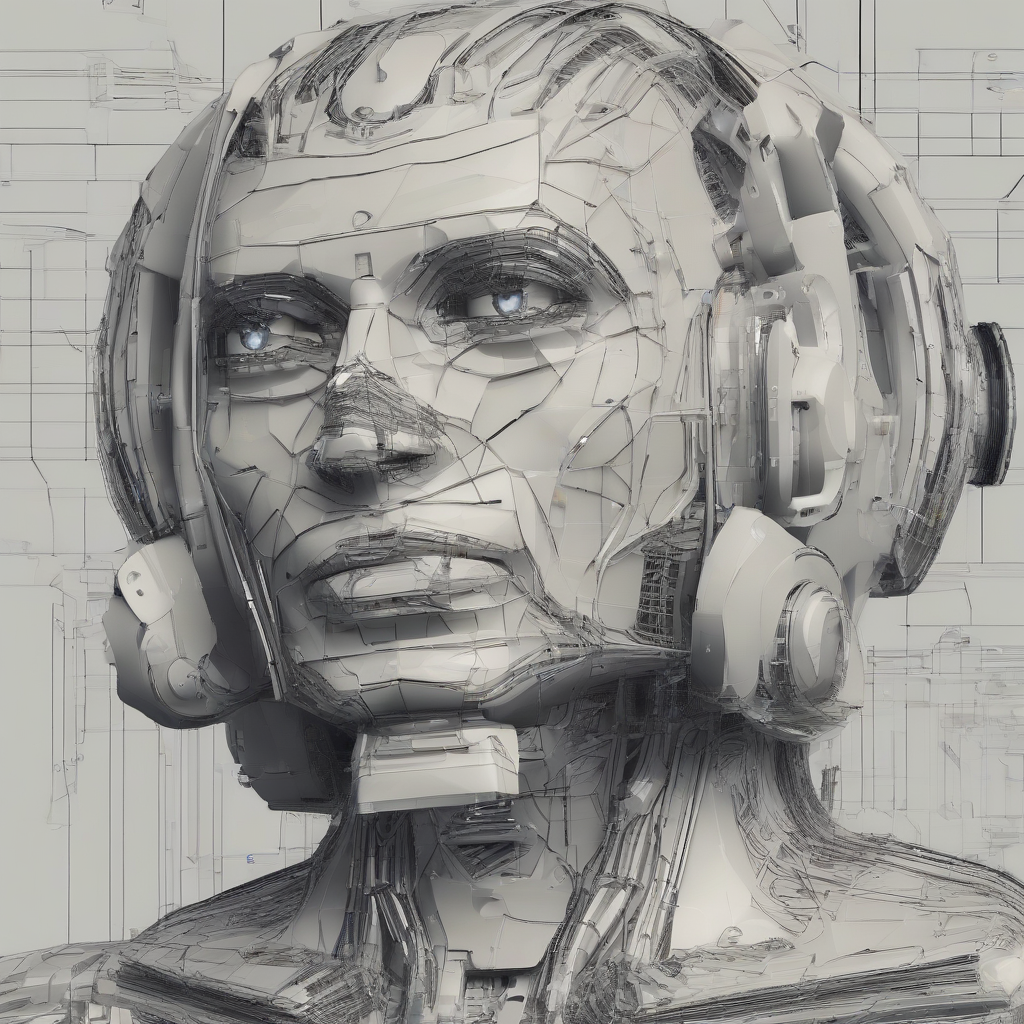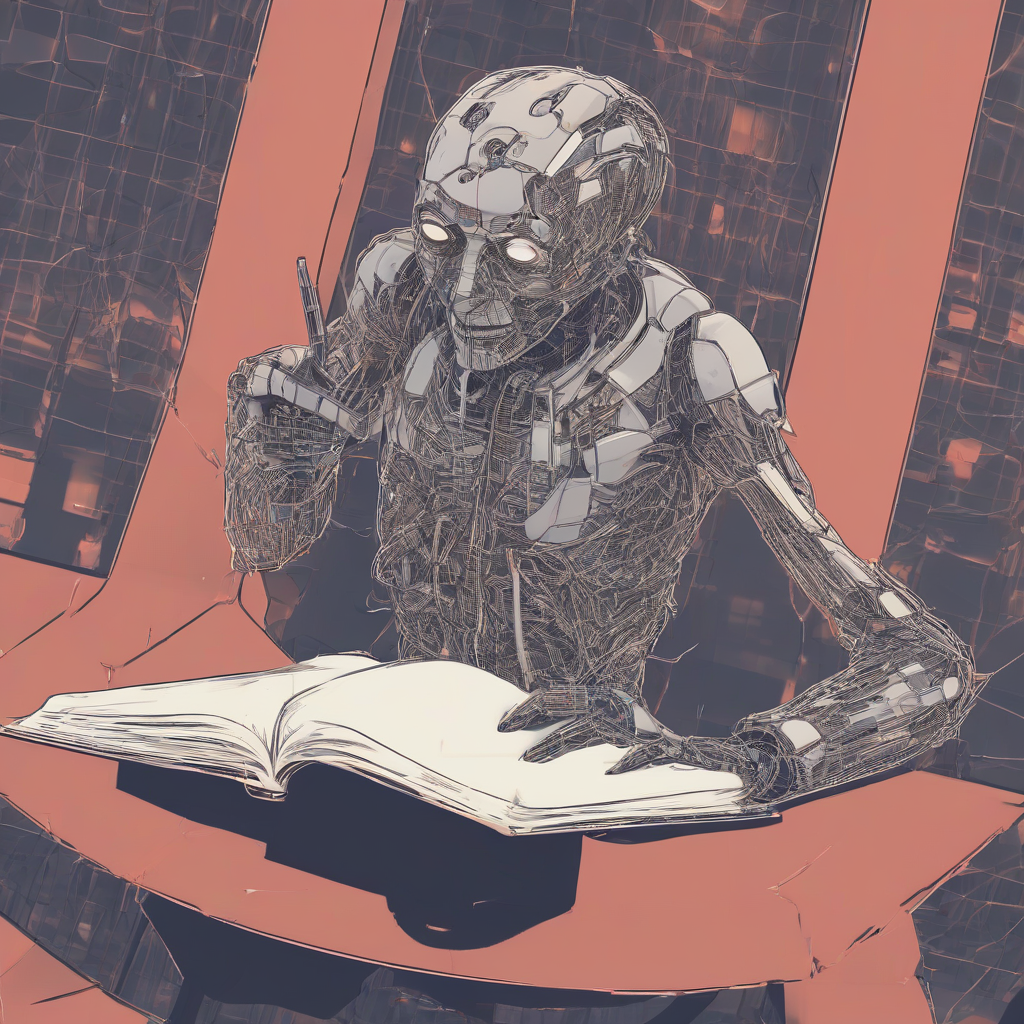Lucas Industries PLC: A Deep Dive into its Rise, Fall, and Legacy
Lucas Industries PLC, once a giant in the automotive components industry, provides a fascinating case study in industrial evolution, strategic missteps, and ultimately, the complexities of navigating a rapidly changing global market. This exploration delves into its history, its key products and innovations, its periods of success and decline, and its lasting impact on the automotive landscape.
Early Years and Post-War Expansion
Founded in 1915 by Joseph Lucas, the company initially focused on electrical equipment for automobiles. The early years were marked by steady growth, fueled by the increasing electrification of vehicles. The post-World War II era saw a period of significant expansion for Lucas, driven by booming car production and a growing demand for sophisticated automotive components. Lucas’s reputation for innovation and its capacity to supply a wide range of products, from starters and alternators to fuel injection systems and lighting, solidified its position as a key player in the industry.
- Early Innovations: Lucas played a crucial role in developing and commercializing key automotive technologies, contributing significantly to improvements in vehicle performance, safety, and efficiency.
- Post-War Growth Strategy: The company successfully leveraged post-war economic growth and the expansion of the automotive sector to establish itself as a global leader.
- Product Diversification: Lucas’s commitment to developing and manufacturing a broad range of components gave it resilience in a market prone to fluctuations in demand for individual parts.
The Golden Age and Technological Advancements
The decades following World War II marked Lucas’s golden age. The company continued to innovate, developing advanced technologies and expanding its global reach through acquisitions and strategic partnerships. This period saw the introduction of increasingly sophisticated electrical systems, fuel injection technologies, and other advancements that significantly improved vehicle performance and safety. Lucas’s engineering expertise and manufacturing capabilities positioned it to capitalize on the growing complexity of automobiles.
- Fuel Injection Systems: Lucas played a pivotal role in the development and widespread adoption of electronic fuel injection systems, a key technology for enhancing engine efficiency and performance.
- Advanced Electrical Systems: The company’s expertise in electrical systems allowed it to develop and supply advanced components for increasingly sophisticated automotive architectures.
- Global Expansion: Lucas strategically expanded its operations globally, establishing manufacturing facilities and distribution networks in key automotive markets around the world.
Challenges and Strategic Missteps
Despite its early success, Lucas Industries began to face significant challenges in the latter part of the 20th century. Increased global competition, rapid technological advancements, and changing industry dynamics put pressure on the company’s profitability and market share. The company’s inability to adapt quickly enough to these shifts, coupled with internal management issues, contributed to its eventual decline.
- Increased Global Competition: The rise of Japanese and other international competitors, offering more cost-effective and technologically advanced products, significantly impacted Lucas’s market share.
- Technological Disruptions: Rapid technological advancements in the automotive industry necessitated significant investment in research and development, a challenge that Lucas struggled to fully meet.
- Management and Organizational Issues: Internal inefficiencies and a lack of strategic focus contributed to Lucas’s decline, hindering its ability to effectively respond to market pressures.
- Acquisition Strategies: While acquisitions initially fueled expansion, some proved less successful than others, leading to financial burdens and operational complexities.
Decline and Restructuring
The combination of these challenges led to a period of decline for Lucas Industries. The company faced declining profitability, mounting debt, and increasing pressure from shareholders. A series of restructuring efforts were undertaken in an attempt to revitalize the business, but these often proved insufficient to stem the tide of declining fortunes. This era saw a focus on cost-cutting measures, divestitures, and attempts to streamline operations, all while battling the larger economic shifts affecting the automotive industry.
- Financial Difficulties: Lucas’s financial performance deteriorated, leading to increasing debt and a decline in shareholder value.
- Restructuring Efforts: The company implemented various restructuring initiatives, including asset sales and workforce reductions, to improve its financial position.
- Management Changes: Several changes in leadership and management structure were attempted in an effort to revitalize the company’s strategic direction and operational efficiency.
- Impact of Economic Downturns: Global economic recessions and downturns in the automotive sector further exacerbated Lucas’s financial struggles.
Takeover and Legacy
Ultimately, Lucas Industries was acquired by TRW Automotive Holdings Corp. This marked the end of Lucas Industries as an independent entity, concluding a chapter in British industrial history. However, the company’s legacy endures through its contributions to automotive technology and its influence on the evolution of the industry. Many of the technologies pioneered by Lucas continue to be used in modern vehicles, a testament to the engineering prowess and innovation that characterized the company’s heyday.
- Acquisition by TRW: The acquisition by TRW marked the end of Lucas Industries as a standalone company, signaling the culmination of a long and complex history.
- Enduring Technological Contributions: Lucas’s contributions to automotive technology remain significant, and many of its innovations are still found in vehicles today.
- Impact on the Automotive Industry: Lucas’s influence on the automotive industry is undeniable, shaping the development and adoption of key technologies and influencing the competitive landscape.
- Case Study in Industrial Change: The story of Lucas Industries serves as a valuable case study of the challenges and complexities facing companies in a rapidly evolving global marketplace.
Analysis of Successes and Failures
A retrospective analysis of Lucas Industries reveals a complex interplay of factors that contributed to its initial success and later decline. Its early successes stemmed from a combination of strong engineering capabilities, a focus on innovation, and astute strategic decisions during a period of post-war expansion in the automotive industry. However, the company’s failure to adapt to changing market conditions, coupled with internal organizational challenges, ultimately led to its downfall. This highlights the importance of agile adaptation, effective management, and a proactive approach to innovation in the face of disruptive technological change and increased global competition.
- Strengths: Strong engineering, early innovation, post-war expansion strategies, broad product portfolio.
- Weaknesses: Inefficient internal operations, slow response to technological change, struggles with managing acquisitions, complacency in the face of increased competition.
- Opportunities: Leveraging technological advancements, expanding into new markets, forging strategic alliances.
- Threats: Intense global competition, rapid technological disruptions, economic downturns.
Lessons Learned
The story of Lucas Industries offers several valuable lessons for businesses operating in dynamic and competitive industries. The importance of continuous innovation, efficient management, strategic adaptation to market shifts, and proactive risk management cannot be overstated. Lucas Industries’ experience serves as a cautionary tale of the consequences of neglecting these critical factors. The company’s legacy underscores the need for businesses to remain agile, adaptable, and forward-thinking to navigate the ever-changing landscape of global commerce.





